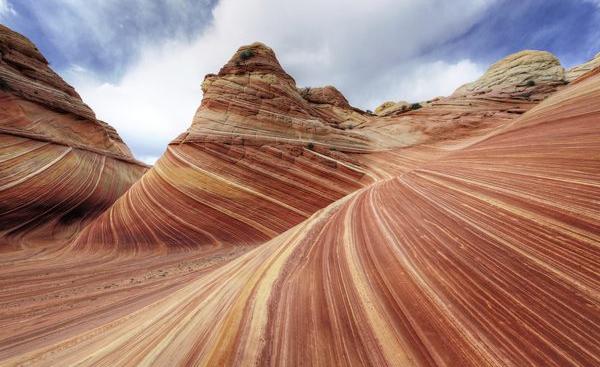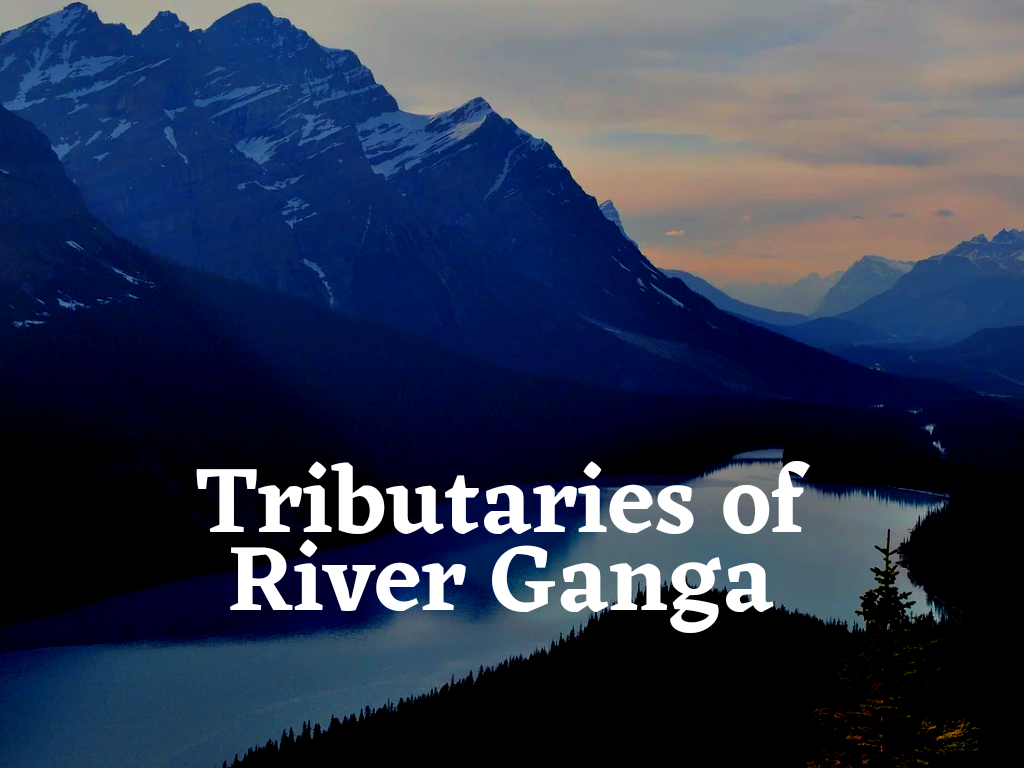Updated By: LatestGKGS Desk
Wind Erosion and Deposition forming Landforms Features, Importance

Landforms formed from Land Erosion and Deposition, Features, Natural Importance
Landscapes formed from the work of wind result from either the removal of fine particles or the sculpting effects of material in movement.
Deflation lifts and removes loose particles from the surface. Deserts, where soils of mixed particle size have been eroded of fines, leave a cobblestone-like surface behind called desert lag pavement.
The interlocking pavement of stones protects the underlying surface from the wind. If disturbed, the surface becomes subject to erosion.
Such has been the result of surface degradation from military activities in the desert regions of North Africa during World War II (as well as later conflicts fought in the desert regions of the Middle East).
Deflation may also result in blowout depressions, basins ranging in size from less than a meter to many meters deep.
Chemical weathering of cementing materials loosens particles cohesiveness to enable wind erosion.
Sand particles lifted free of the surface can "sandblast" rock Abrasion is restricted to a distance of about a meter or two above the surface because sand grains are lifted a short distance.
Ventifacts are smooth faceted rocks that often have a polished surface that results from abrasion.
The abrasion and streamlining rock structures oriented parallel to the prevailing wind direction.


